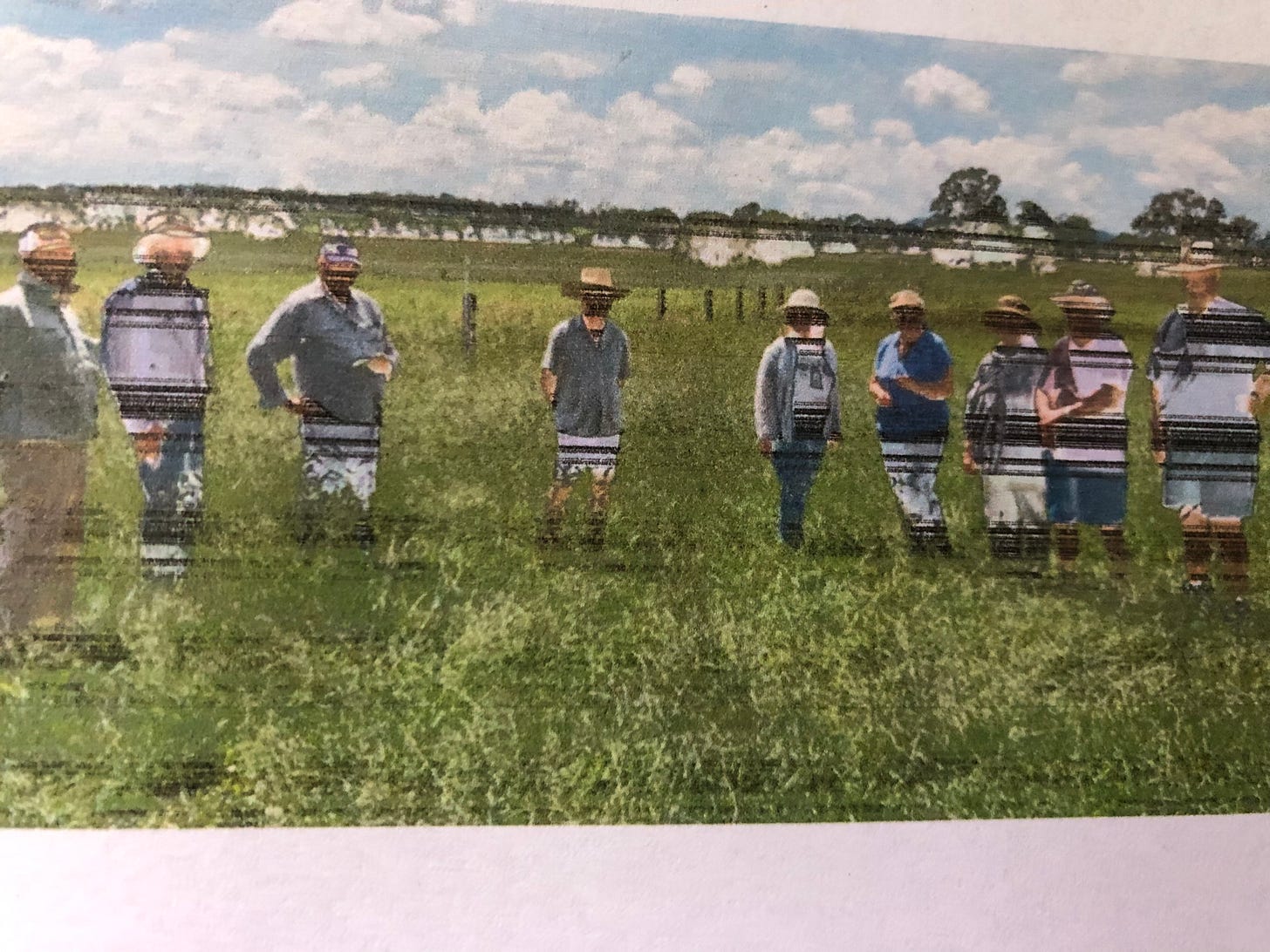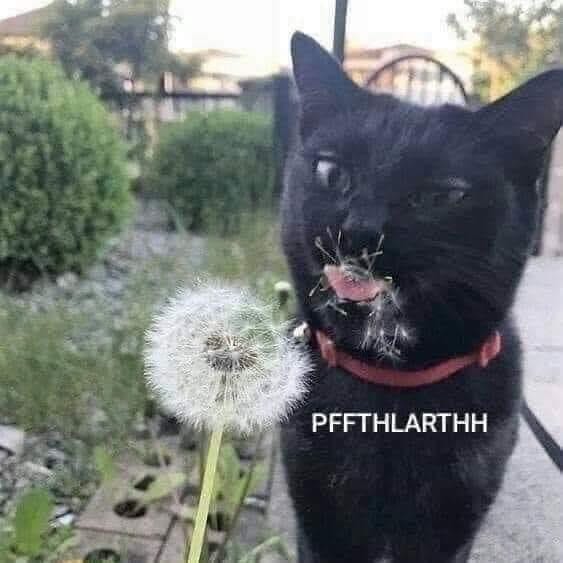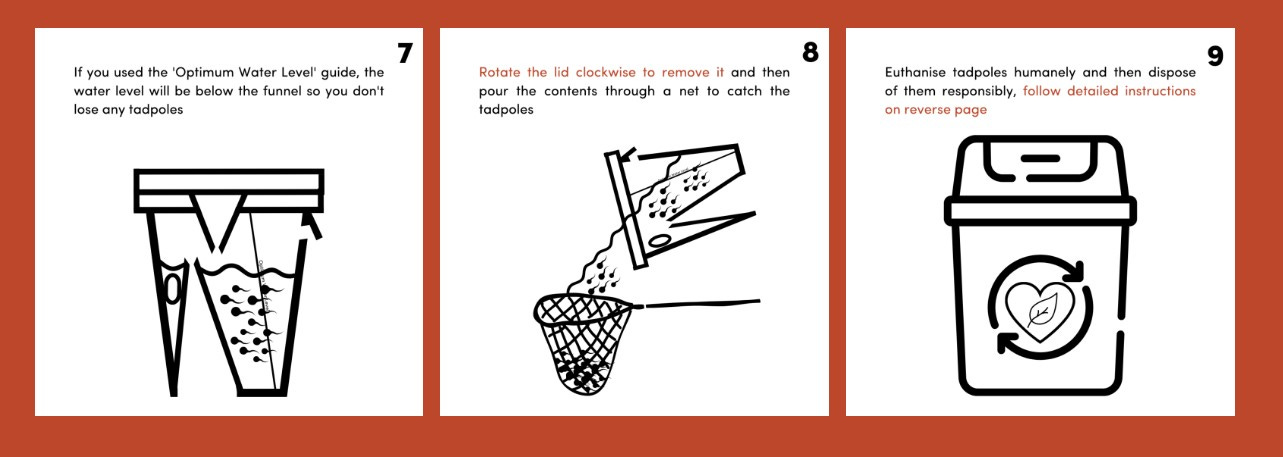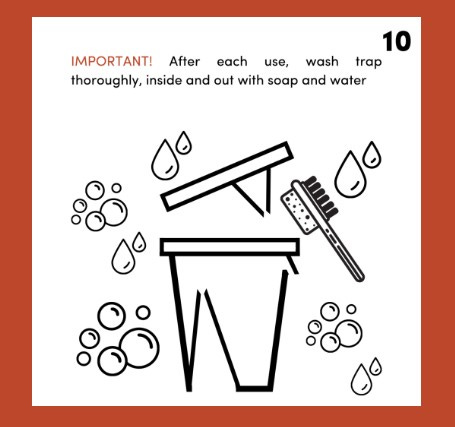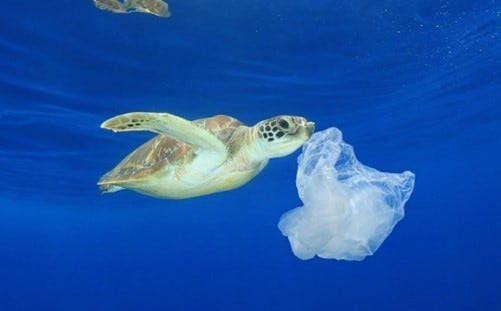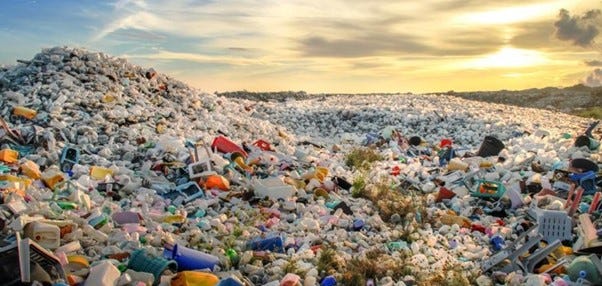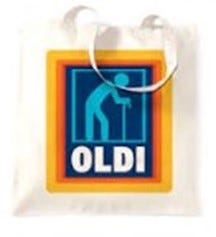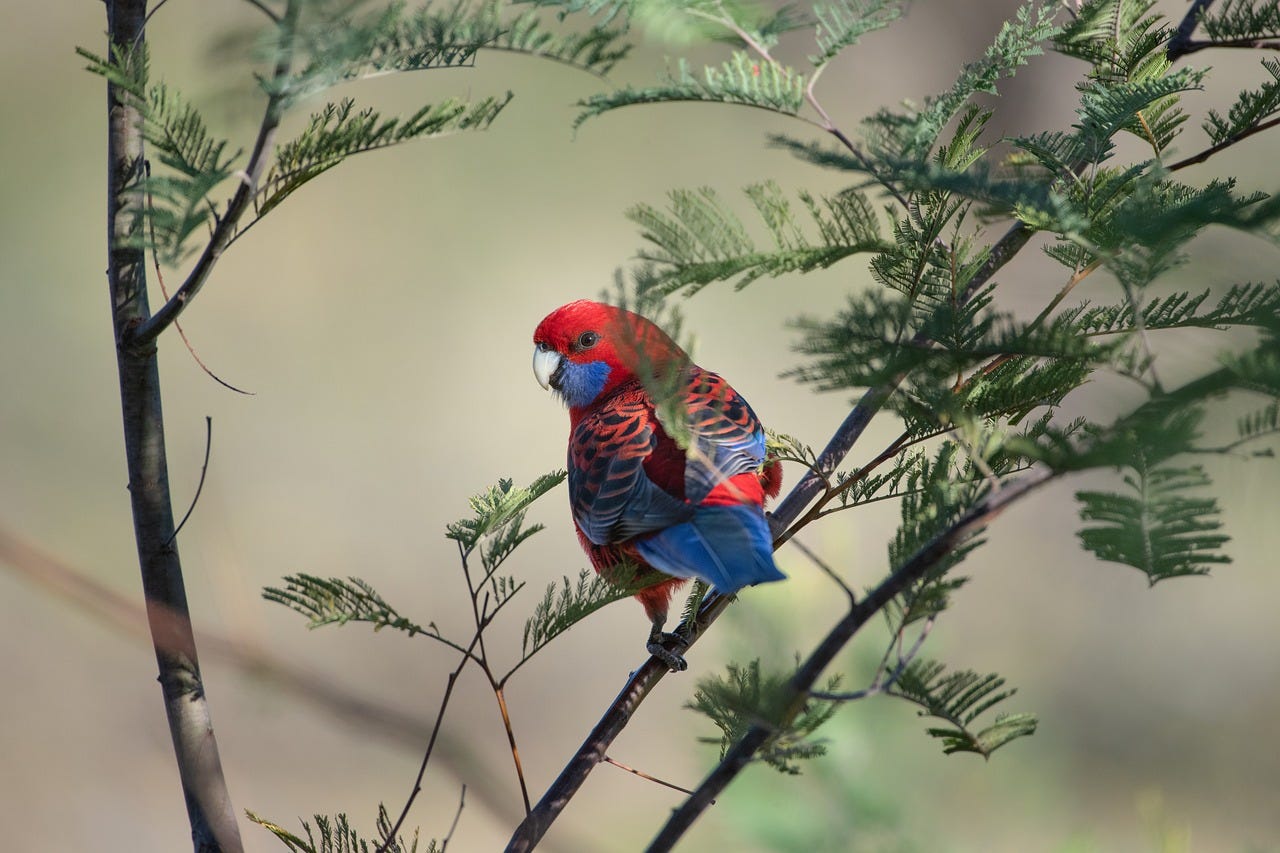Regrow Qld 22 February 2023 Issue 7 Vol 4
Zooming in the rain, Soil restoration factsheets, Castle Tower NP, Cane toad lures, and Greg drowns in plastic.
Editorial
Anna Hitchcock
Why is it that your printer always decides to go on strike two days before the workshop, when you are 3/4 of the way through printing the handouts? My farmers look like their download from the Matrix is buffering… which isn’t such a surprise if you have lived in a regional area and know just how bad our internet speeds are.
I’m often having to carefully explain to people that certain video conferencing software (I’m looking at you, Microsoft Teams) just isn’t suitable as it requires high bandwidth and the latest in technology to work properly.
Heaven help you when it’s raining.
Still, if the plague did one thing for the world, it was popularising video conferencing. Your esteemed editor was involved in one of the first video conferences in Australia, as a high school student in 1991. We travelled to the local university in Armidale, NSW where we participated in a video conference with school students in Sydney. I remember a large room with a big camera and tv screen, a lot of exposed cabling under fluorescent lights, and I got my first taste of trying to pay attention while looking at my own face to make sure my mouth wasn’t weird.
Thirty years later, video calls are a very simple process - but it required the invention of smart phones to make it happen.
Meanwhile, here’s some tips for making your video conference work in a regional area during wet season.
Zoom is the best choice as it deals with low bandwidth much better than the other options on the market
Limit your participants to 5 or 6 as that gives the best results
Have everyone who isn’t speaking turn off their sound and their cameras - this frees up bandwidth.
If someone is having trouble being heard, get them to participate via the ‘chat’ function.
May you have enough rain to fill your tanks, but not your boots.
Anna
Project Update
Can you believe that there’s now 13 factsheets available in our Nature’s Way series on restoring soil biology for healthier and more resilient plants? A massive thanks has to go out to Trevor Galletly and Peter Van Beek who have written each one, documenting instructions, case studies and the science in an easy to read and print format.
Improving the soil biology on your property has the added bonus of fixing carbon into your soil, and frankly, the planet needs as much carbon fixing as we can make happen. This technique could literally save the world, and you can go from mixing ingredients to application in a week (super speedy!). Results in your plants are usually visible in the first 100 days, or sometimes sooner.
Our factsheets are designed to be printed on a single double sided A4 sheet of paper and you can find the whole series here: https://www.gladstoneconservationcouncil.com.au/gcc-campaigns/regenerative-agriculture/
Fixing your soil is not just for farmers, there are instructions for home gardeners as well and we are happy to help you get started. We will be creating kits and selling the harder to get ingredients - watch this space!
Acknowledgement:
We wish to acknowledge that the DIY Instant Compost Tea project is largely based on the work by Trevor Galletly. Trevor has spent his life reading, studying, working and consulting in Organic Agriculture long before it became well known.
In recent years he has been challenging the emerging ‘conventional’ literature and practices in ‘Regenerative Agriculture’ when they did not tally with his experiences.
He has backed up his ideas with field experiments that led to him develop this method and you can find much of his work on our website in the Regenerate section.
This concept of DIY Instant Compost Tea is Trevor’s creation.
On behalf of all of us here and future beneficiaries, a heartfelt thank you, Trevor.
Castle Tower National Park revocation
We have recently been making enquiries about a revocation of a section of the Mt Castle Tower National Park (near Awoonga Dam). Obviously, reducing the size of a National Park is always cause for concern, and we sought some more information. Queensland Conservation Council has been assisting us with enquiries as well as giving us the initial heads up on this - Thanks Nigel!
The letter from the Minister’s office that we received today notes that the revoked area is being transferred as freehold land to the Gladstone Area Water Board (for future water storage) in return for a large parcel of land with high habitat value which is almost 4 times the size. This land is earmarked for addition to the existing Castle Tower National Park as it is already on the boundary. We’re now working on getting a map of the parcels of land involved so that you can all see exactly what is happening.
Anna
What We’re Watching:
Great little montage about the big 4 US banks that are funding the Climate Crisis.
You know what to do.
Take Action
Thanks to Peter for sending through the information we have used for this article.
There’s been a bit of a buzz lately about Watergum’s new cane toad tadpole traps using scent lures. They can be purchased here:
https://watergumcommunity.myshopify.com/
Background information:
The website discusses the breeding behaviour and characteristics of cane toad tadpoles, along with how to use Cane Toad Tadpole Lures for trapping them.
Cane toads can lay two clutches of 8,000 to 35,000 eggs per breeding season. The lures, which emit a scent similar to cane toad spawn, attract the tadpoles, who believe they are finding food.
Set the trap only if cane toad tadpoles are present and ensure they are used only for 4-8 hours at water temperatures of at least 18°C. The traps should not be placed in strong currents, and fountains or filtration systems must be turned off during use. Dead tadpoles release a signal that deters others from entering the trap, so it is essential to remove the trap after use, and clean it before reuse.
Here’s how it works:
If anyone has purchased one of these traps and has some results to share, please let us know at gladconscouncil@gmail.com.
Opinion
Greg Bray
Drowning In Plastic
Is it just me or is my recycling bin filling up faster with single use plastics?
Short answer: Yes. Yes it is.
Now, for those of you who are struggling to remember past last week, the whole point of us (the drooling consumer) having to forget, then return to the car for, our cotton shopping bags as we stroll into supermarkets, was to actually reduce the amount of plastics we use.
And as much as I miss those handy plastic bags, I am happy we’re killing less turtles now because we’re no longer tossing them away like used tissues in an influenza ward.
For some reason, at the time, I was under the impression that the supermarkets, having gone all Green and Environmentally Friendly, were going to phase out even more plastic from their shelves.
Um, nope.
It seems there’s more stuff on the shelves being wrapped in plastic.
Fruit for example. Why, for the love of Zeus, are we plastic wrapping bunches of bananas?
More importantly, who asked for this?
I suspect the same people who asked banks to close down suburban branches in order to improve the customer experience?
Basically: Nobody.
Anyway, our esteemed Editor, Anna, often mutters, ‘Follow the money’, so I did. And this is what I found.
Far from going out of business, the plastic packaging mobs are making a motza creating single use plastics, and they plan on creating a lot more into the future.
They’re salivating over the current growth rate of 4% p.a. to continue to 2027 when the Crap Plastic Industry will be worth $207 billion!
Out here in the burbs, we’re trundling backwards and forwards to the recycling bin each day in order to make the world a slightly cleaner and greener place, while the Crap Plastic Overlords are doing their best to ensure it’s not.
Clearly their goal is to make sure the planet is drowning in plastic for the foreseeable future.
Now, it would be easy to think we’ve lost the war on waste, but let me remind you that not so long ago our highways, parks, beaches and… pretty much everywhere, were covered in broken bottles, cans and plastics.
Last week, for the first time in two years, I found a plastic bottle cap on my local beach.
One. Single. Little. Bottle cap. On a 2.5klm stretch of beach.
We’re doing really well people, let’s not drop the ball now! (Or anymore bottle caps).
We truly have come a long way when it comes to rubbish and waste. And while things could certainly be better, they could honestly be a whole lot worse.
So, today I’d like to encourage all of you to keep recycling, but focus more on not bringing the crap plastic home in the first place.
And if more of us do that, the big supermarkets might take the hint and make a serious dent in the profits and production of Big Plastic.
Reducing single use plastic will not only give the planet a break but will save me (us!) more walks to the recycling bin.
That will let me focus on reducing the trips back to the car for my shopping bags.




